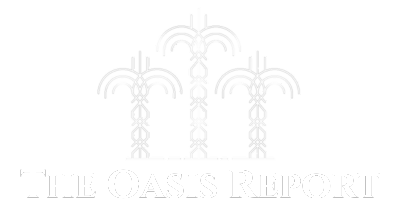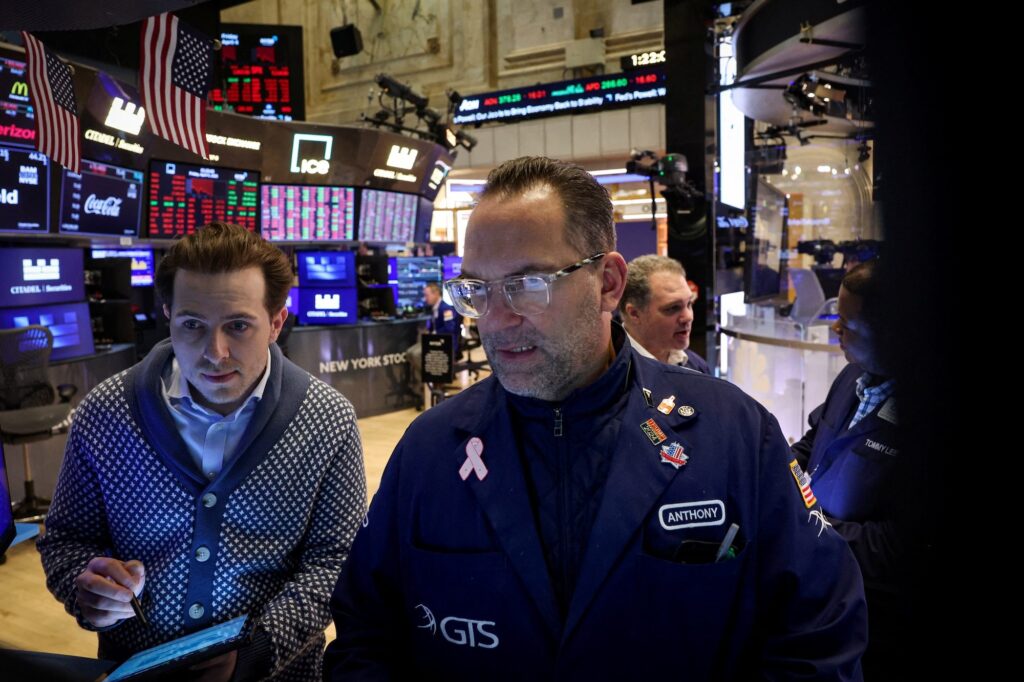More than SAR850bn wiped off prices
Aramco value down SAR350bn
The Saudi stock market opened at more than 2 percent lower on Monday to a 17-month low, following its biggest single one-day drop since the 2008 financial crisis.
The Tadawul All Share Index (Tasi) tumbled by about 1,025 points or 8.6 percent following US President Donald Trump’s announcement last week of a minimum 10 percent tariff on imports from most countries around the world.
By the end of the day the Tadawul had reversed its early losses to rebound by 1.1 percent, led by a 6.8 percent jump in Acwa Power and a 4.8% percent increase for Saudi Arabian Mining Company.
However in the UAE the Dubai Financial Market (DFM) fell by a further 3.1 percent and the Abu Dhabi Securities Exchange (ADX) was down by 2.6 percent.
Stock markets around the world are falling, with the S&P 500 – the main US market which tracks about 80 percent of publicly traded American equities – declining by more than 10 percent on Thursday and Friday.
More than SAR850 billion ($226 billion) of value was wiped off the Saudi market, with companies across all sectors recording losses.
“Yesterday [Sunday] was a very steep drop, compounded by further losses this morning,” said Muhammad Fawad Khan, equity research analyst at Riyadh-based Alinma Capital.
Across the main market and junior market, or Nomu, the share price of 34 companies fell to historic lows, including Arabian Drilling, which declined SAR820 million in value when its share price fell by nearly 10 percent on Sunday.
The biggest loser by value was state-owned oil company Saudi Aramco, which recorded a decline in value of more than SAR350 billion.
The share price of Aramco, which accounts for more than 60 percent of Tadawul’s total market capitalisation, opened at SAR24.88 per share on Monday. Its share price has dropped by almost 7 percent since Thursday to reach its lowest level since 2020, when the price of oil crashed at the start of the Covid-19 pandemic.
Brent crude, a benchmark for global oil prices, fell a further 4.3 percent to a four-year low of $63 a barrel.
“It really depends on the oil price,” said Khan. He said that the fall in oil prices was the secondary reason directly affecting the drop in the Saudi Exchange, the first being fears of a global recession. On Monday, US investment bank Goldman Sachs increased the odds of a US recession to 45 percent.
The slump in oil prices potentially threatens Saudi Arabia’s spending ambitions, which are centred on its Vision 2030 strategy to diversify the economy away from oil.
The International Monetary Fund estimates that the kingdom needs oil prices to stay above $90 a barrel to meet its spending commitments.
Saudi Arabia had already planned to borrow $37 billion this year.
Register now: It’s easy and free
AGBI registered members can access even more of our unique analysis and perspective on business and economics in the Middle East.
Why sign uP
Exclusive weekly email from our editor-in-chief
Personalised weekly emails for your preferred industry sectors
Read and download our insight packed white papers
Access to our mobile app
Prioritised access to live events
Already registered? Sign in
I’ll register later



